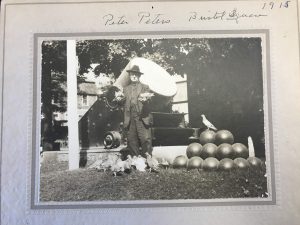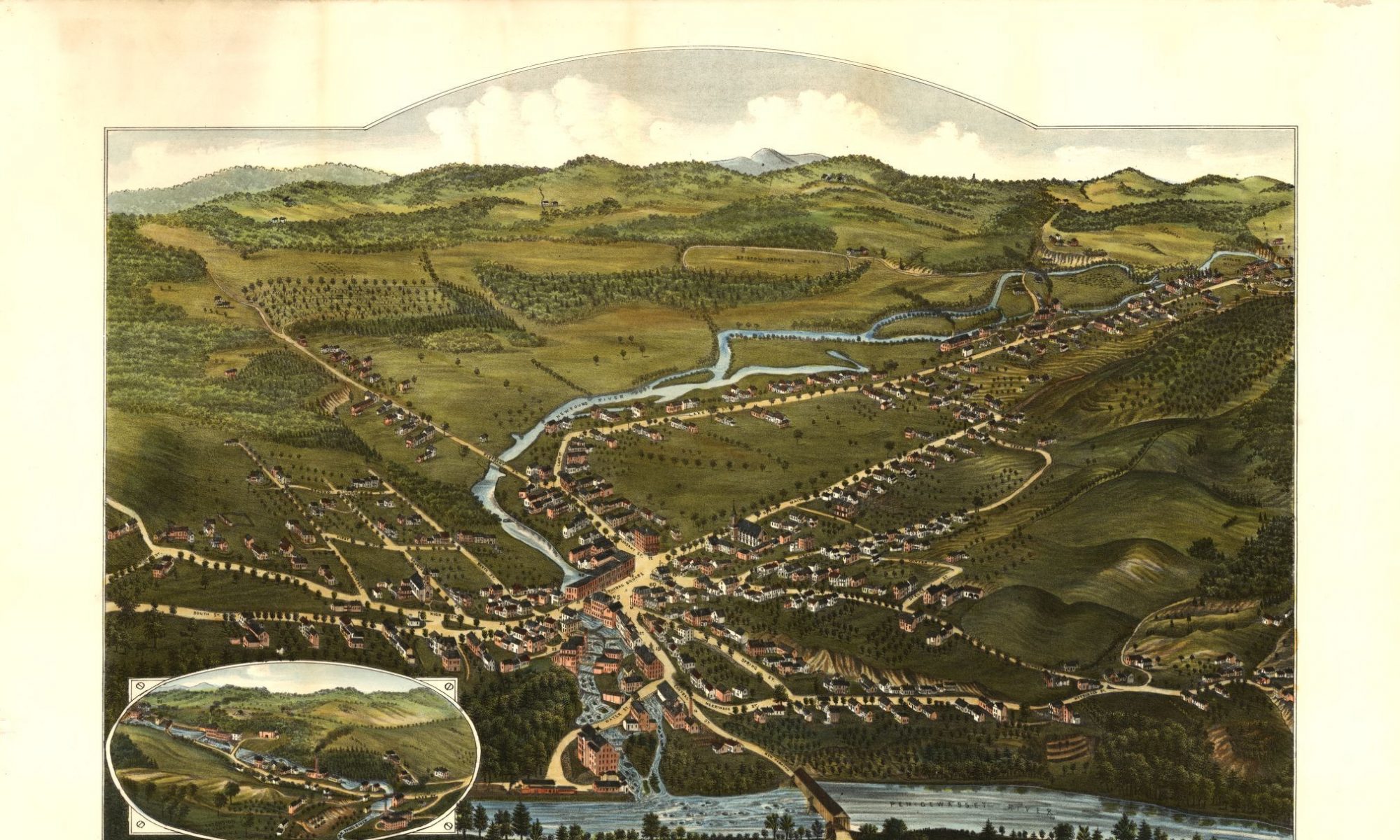
The Central Historic District has been an important feature of downtown Bristol since it’s inception. It is the predominant area to which many of the commercial aspects of downtown Bristol are connected, and reflects a variety of architectural styles. Built in the 19th century, it has endured a many changes, especially as a result of fire, to buildings around it.
Central Square emerged as result of necessary pathing. The initial path of what is now South Main Street and the connecting bridge over the Pemigewasset River was laid out in the late 1760s, and the road lines the length of the square.
The district is an oddity in New Hampshire for its shape and placement of neighbouring buildings around it in a rectangular configuration rather than along a single street, or town common, but it does feature several roads on all sides. On the green space at its heart, is a Navel Mortar dating from he Civil War. The mortar serves as a memorial devoted to those residents of Bristol who lost their lives in the war. It was originally a part of the U.S.N Orvetta, which was involved in numerous sieges and acted as part of the blockade to prevent the Confederacy from trading with other world powers. The U.S.N. Orvetta’s mortar was gifted to Bristol by the U.S. Government in 1896. It was placed on its present granite base a year later, and the circular tablet listing those who fought for the Union was affixed to it at the same time. The memorial was formally dedicated on November 4th, 1898.
The Memorial also features bronze plaques affixed to stone slabs dedicated to soldiers of the Revolutionary War and those who fought in the First World War. The Memorial once featured cannonballs, as seen in the image of Peter Peters.
features bronze plaques affixed to stone slabs dedicated to soldiers of the Revolutionary War and those who fought in the First World War. The Memorial once featured cannonballs, as seen in the image of Peter Peters.
Adam Beckett, Plymouth University, Plymouth, UK
